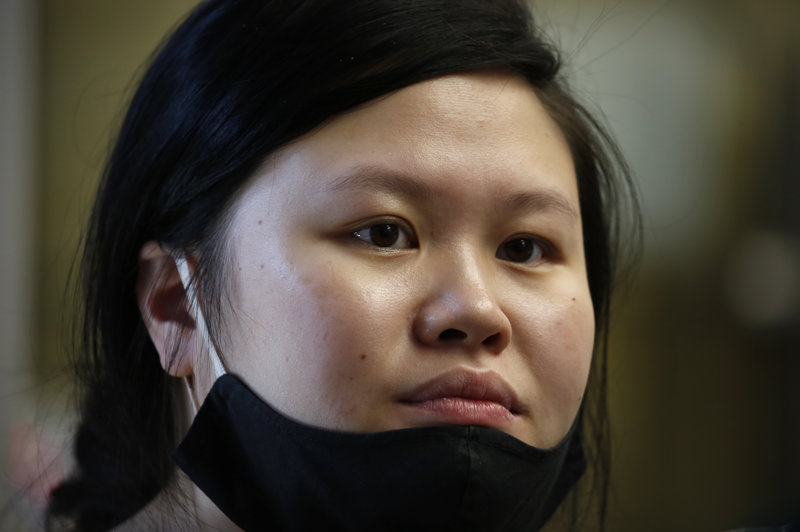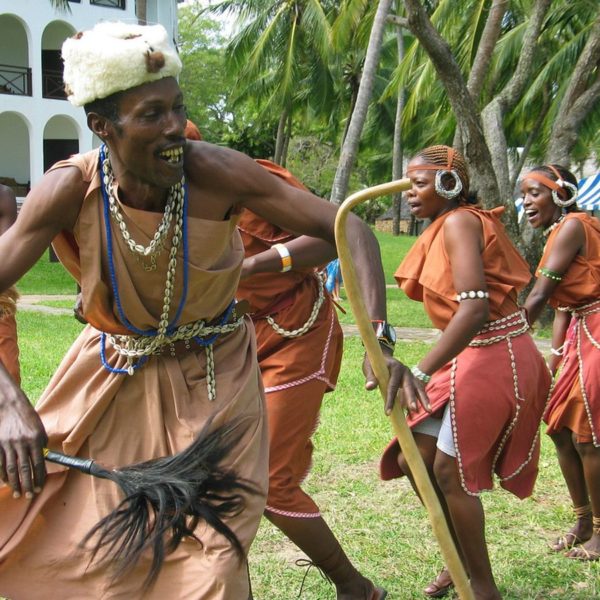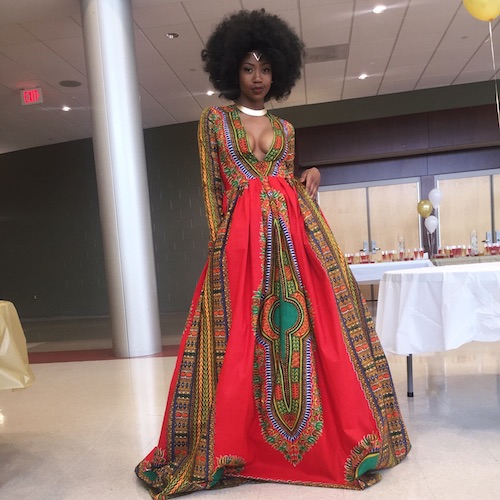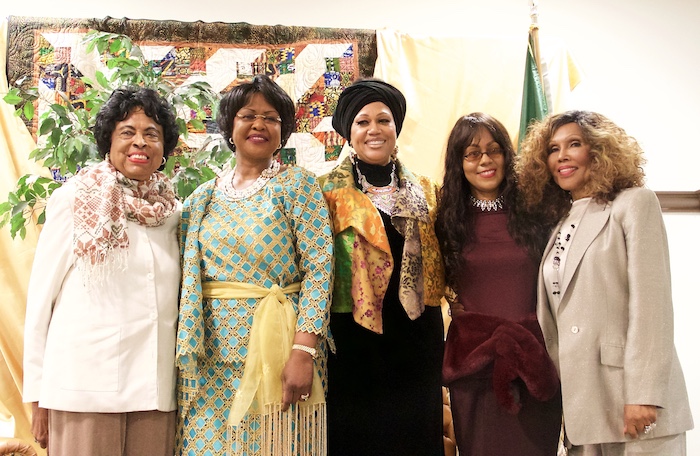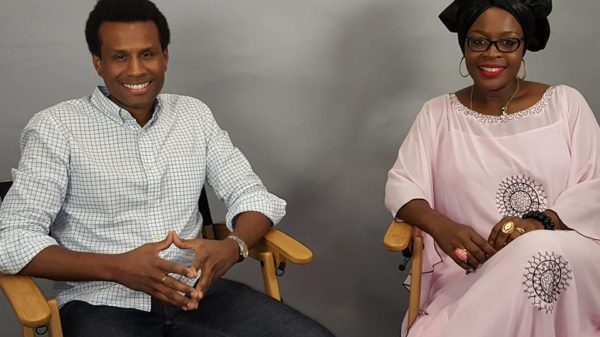Magazine, The Immigrant Experience, Culled from NPR
There’s something about the video of the George Floyd killing that makes it very specific to the Twin Cities.
The video shows a white police killings seen nationwide — but there’s a third identifiable person: an Asian American officer seen running interference with the crowd and standing watch. He’s now-former Minneapolis police officer Tou Thao, a Hmong American — which is how you know this isn’t “any” city. It’s Minneapolis.
And his presence not only has heightened slow-burning tensions between the Asian American and black neighborhoods in the Twin Cities area but has also divided his own tightknit immigrant community — which also happens to be the largest urban Hmong enclave in the world.
“If I think about it too much, I might start crying,” says Gaosong Heu. She and her husband, Marc, run Marc Heu Patisserie Paris in Frogtown, the St. Paul neighborhood that is the heart of the area’s Hmong population — and where she grew up.
“I didn’t know that he was Hmong until I saw his name,” she says. “Tou Thao is a very Hmong name.”
In America, there are only 18 clans of Hmong, an ethnic group from Laos, Vietnam and parts of China that sided with the United States during the Vietnam War. In the early 1960s, the CIA recruited Hmong to help keep the communist North Vietnamese out of neighboring Laos. In return, the U.S. promised to take care of them and their families. When Laos fell to the communists and U.S. troops pulled out in 1975, thousands of Hmong fled as refugees to neighboring Thailand and then resettled in the United States.
Many, like Gaosong Heu’s parents, came to the Twin Cities to start a new life. According to 2010 census data, some 64,000 Hmong live in Minneapolis-St. Paul.
Thao, who was fired by the Minneapolis Police Department last month, is from that same community. Multiple news outlets report that Thao completed his police academy training in 2009 and had previously been sued by a black man for excessive force, according to the Star Tribune.
Derek Chauvin, the Minneapolis police officer who pressed his knee into George Floyd’s neck for more than eight minutes, has been arrested and charged with second-degree murder. The Minnesota attorney general’s office announced Wednesday that it was charging Thao with aiding and abetting and was taking him into custody.
“I am ashamed, embarrassed about Tou Thao’s complicit behavior in this murder,” Heu says. “But more than that, the reaction of my community and almost a defense of him in this case.”
The debate over Thao’s real or perceived complicity as another man of color is killed has arrived in a community that has always had underlying tensions with its black neighbors. This goes back to the 1970s, when the Hmong arrived as refugees and were “plopped into the most affordable parts of town,” says Bo Thao-Urabe, a Hmong refugee and head of the Coalition of Asian American Leaders in St. Paul. She has no known relation to former officer Thao.
“So we live in proximity to black and brown people,” she says. But even though Asian Americans were able to help grow neighborhoods like Frogtown into vibrant communities of color, there has always been tension. Hmong Americans rank lowest among Southeast Asian American ethnic groups “across multiple measures of income,” with 60% of them low income and more than 1 of 4 living in poverty, according to a recent study from the group Asian Americans Advancing Justice. Read More

